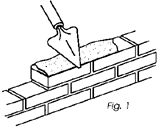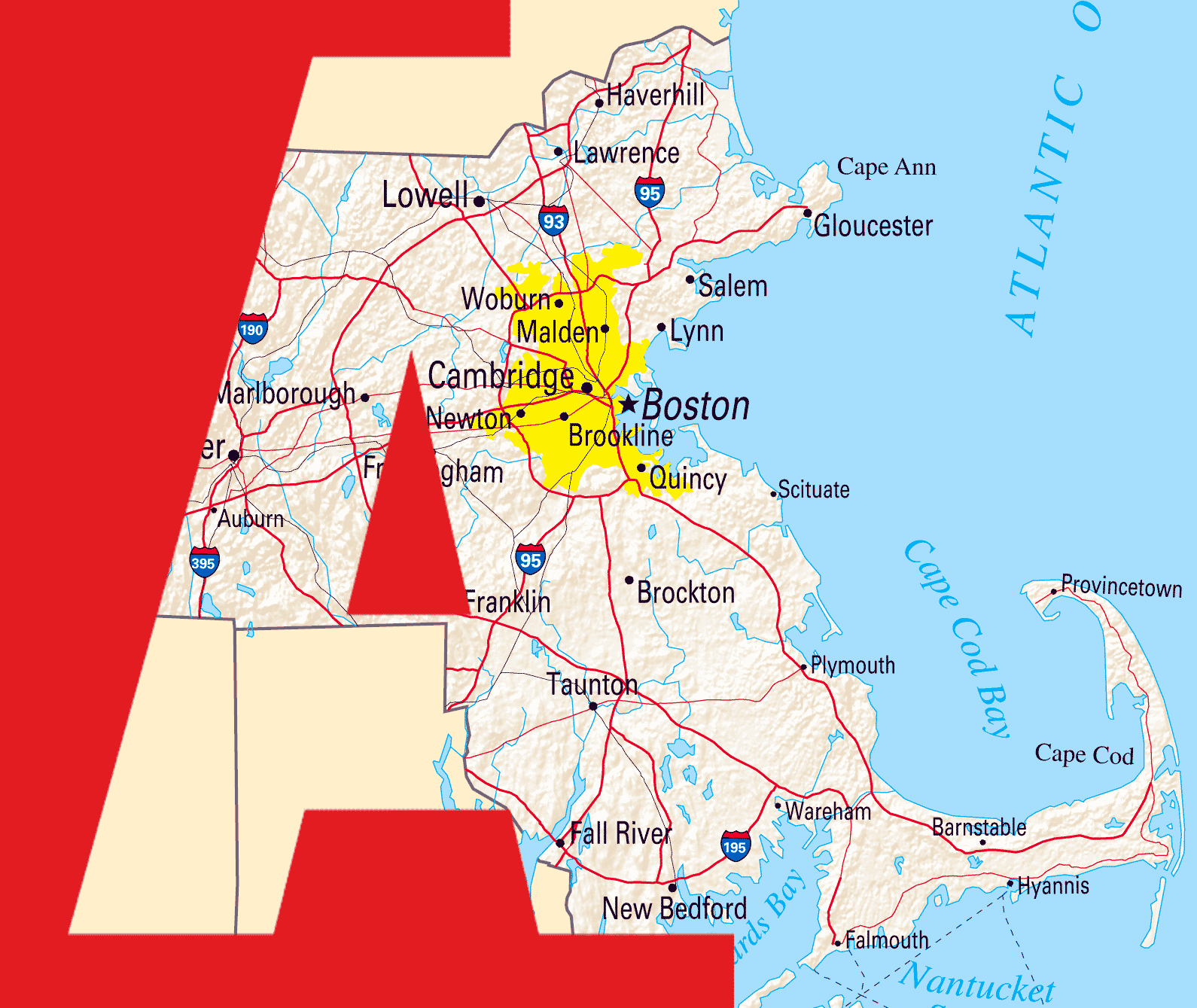 A drainage wall is designed to redirect any water that enters the masonry wall cavity to the exterior of the building. The source of water may be infiltration of wind driven rain or condensation within the cavity. Properly installed flashings and weep holes dislodge water from the cavity, preventing any future water infiltration.
A drainage wall is designed to redirect any water that enters the masonry wall cavity to the exterior of the building. The source of water may be infiltration of wind driven rain or condensation within the cavity. Properly installed flashings and weep holes dislodge water from the cavity, preventing any future water infiltration.
For the drainage wall to fulfill its intended purpose, it cannot permit mortar droppings to enter the cavity. Mortar extruded from bed joints will bridge cavities of one inch or less. Mortar bridges that conduct water to the interior of the building can result in deterioration of interior finishes.
 In order to reduce the potential for mortar bridging, a 2-inch cavity is recommended. However, investigations of masonry structures have shown that unless a deliberate effort is made to eliminate mortar droppings, even a 2-inch cavity can be bridged. The simple solution to this problem is to assure that mortar spread as a bed joint is beveled or sloped away from the cavity. This practice requires little effort and is an effective means of keeping mortar out of the cavity.
In order to reduce the potential for mortar bridging, a 2-inch cavity is recommended. However, investigations of masonry structures have shown that unless a deliberate effort is made to eliminate mortar droppings, even a 2-inch cavity can be bridged. The simple solution to this problem is to assure that mortar spread as a bed joint is beveled or sloped away from the cavity. This practice requires little effort and is an effective means of keeping mortar out of the cavity.
Even a single mortar dropping covering a weep hole can prevent that weep hole from working correctly. To reduce the odds of that occurring, the designer may specify that a porous drainage material such as pea gravel cover the flashing at the bottom few inches of a cavity. Alternatively, manufactured drainage fabrics are available for this purpose. However, these measures are no substitute for a concerted effort to keep the cavity clean.
For more information about masonry wall cavities in Eastern Massachusetts, contact Abbot Building Restoration at 617-445-0274.


